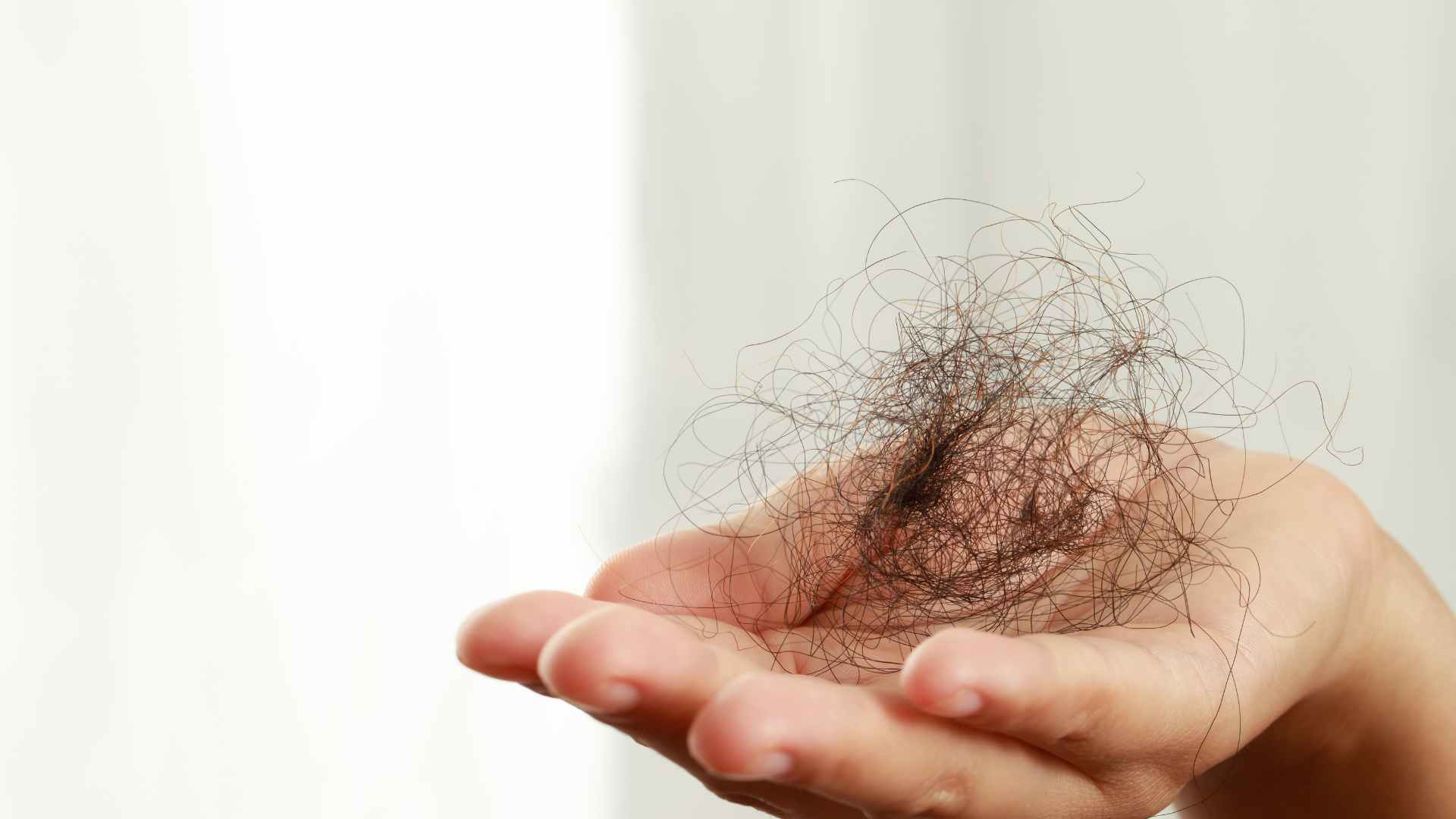Managing Androgenetic Alopecia – A Comprehensive Guide

Have you been noticing a little extra hair on your hair brush or shower drains? Losing hair can give you nightmares, especially when it’s a condition like androgenetic alopecia. It’s also known as pattern baldness. Male or female, hair loss or baldness is a huge crack in confidence and self-esteem. Let’s learn more about this condition.
WHAT IS ANDROGENETIC ALOPECIA?
It’s a hereditary condition that causes thinning of the hair and eventually leads to hair loss. Why the word androgenetic? It is because of the hormones androgens, that play an important part in regulating the growth of the hair. Both genders can be affected by it, however, it affects them differently. In men, it appears as a receding hairline and balding on the crown of the head, typically forming an ‘M’ shape. In women, it causes thinning of hair in the crown region. Let’s understand its causes.
CAUSES
GENETICS
If your family has it, it’s more likely that you’ll get it too.
HORMONES
Androgens like dihydrotestosterone (DHT), can cause the hair follicles to shrink. This leads to thinner hair and in some cases can also cause hair loss.
AGE
As you grow old, hair thinning and shedding is quite natural and is more noticeable.
MANAGING ANDROGENETIC ALOPECIA
EARLY INTERVENTION
It’s simple, the sooner you identify and treat the issue, the better your chances of a faster recovery. The sooner you notice hair thinning, bald patches, or shedding of hair, the better your chances of slowing down or reversing hair loss. So, the moment you notice any of the signs, run to a professional!
STRESS MANAGEMENT
Wonder why you’re losing hair when you’re just being stressed? Yes, stress is related to the health of the hair and can exacerbate hair loss. To counter it, practice techniques like meditation and yoga that calm your mind and body. Also, it wouldn’t hurt to spend time doing something you love; like your hobbies or just relaxing. The more you lower your stress, the more it’ll benefit your hair.
HAIR CARE
Have a proper haircare regime. No matter how stylish it might look, avoid tight hairstyles that can pull your hair. It’ll break your hair and worsen the condition. For shampoos and conditioners, opt for gentle ones. Limit the use of hairstyling products and heat styling as they can damage the hair. If you’re looking for hair colors, choose ones that are free from ammonia, parabens, PPD, and resorcinol, and have more natural ingredients.
NUTRITION AND LIFESTYLE
All you need to do is eat well and have a good lifestyle. A balanced diet that is rich in nutrients, vitamins, and minerals; especially components that support hair growth and health like biotin, iron, and zinc will do wonders for your hair. These provide all the necessary nutrients required for maintaining the health of the hair. Include stress relaxation techniques into your lifestyle to avoid hair loss. Practice techniques like meditation and yoga to destress your mind and body.
MEDICATIONS
Minoxidil and finasteride are 2 FDA-approved wonder medications that can treat androgenetic alopecia. Minoxidil is a topical solution that can stimulate the growth of hair. Finasteride is an oral medication. It has the ability to prevent further hair loss. It does so by inhibiting the hormone that is responsible for hair loss. Make sure you consult a professional before starting any medication.
LOW-LEVEL LASER THERAPY (LLLT)
This treatment uses low-level lasers or light-emitting diodes to stimulate the hair follicles. This is a non-invasive type of treatment. Another good part is it comes in different forms – helmets, caps, and combs for home use. LLLT therapy can improve hair thickness and promote hair growth.
PLATELET-RICH PLASMA THERAPY (PRP) OR PLATELET RICH FIBRIN THERAPY (PRF)
It is not as scary as it sounds. In this procedure, a small amount of blood is drawn from your body. Later, it is processed to concentrate the platelets which are then extracted separately. Then, the platelets are injected into the scalp. This promotes hair regrowth and improves the thickness of the hair.
HAIR TRANSPLANT
For those having advanced or extensive hair loss, a hair transplant can be an effective option. It is similar to regrowing your hair! In this procedure, hair follicles are transplanted from one area of your body to the affected scalp region.
WIGS
You should turn to this option if you’re looking for an immediate resolution. Wigs and hairpieces give a natural look to your appearance and conceal hair loss or baldness completely. They also serve as a great option to restore your appearance while going through other treatments.
Do not let the thinning hair reduce your confidence. The results vary from person to person, so just be patient! Consult a professional to understand your condition and which treatment will work best for you.
